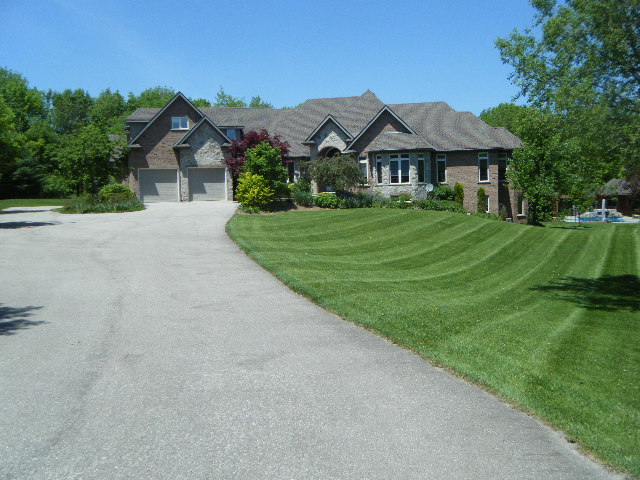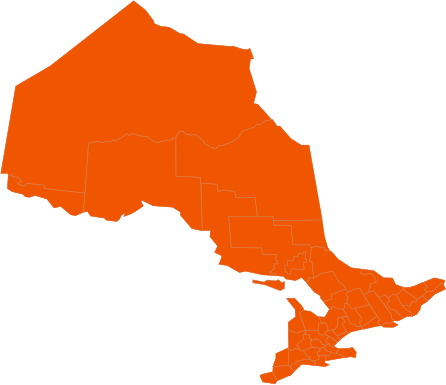Tips For Spring Lawn Care That Will Keep It Green All Summer Long

First the bad news: if you neglect spring lawn care tasks, you could end up paying for it the rest of the year. Here are some important tips for keeping your lawn beautiful and green all summer long.
Rake Your Lawn
Raking should always be the first item on your list when you head back outside in the spring to care for your lawn. Why? Because raking is about much more than just removing leaves, it helps control thatch, too. Thatch is the dead, dry grass and build-up left from the previous growing season, which normally hides under the layers of leaves and plant material that fell months before.
A deep raking of leaves and debris each spring will remove thatch, too. Even if you raked your yard well last fall, you should still begin with a good raking. it will remove grass blades that died over the winter.
Another good reason for a spring raking, especially after this winter, is what’s called “snow mold.” Snow mold refers to any matted patches where the grass blades are compacted. The new grass in your yard may not be able to grow through the matted patches, a light raking is always in order to get your lawn back into shape.
Survey Your Lawn For Signs of Compaction
If your lawn is subjected to high levels of traffic each year, it may eventually start to show signs of wear, indicating your lawn is probably experiencing the effects of compacted soil. Surprisingly, the presence of moss can point to compaction in your yard, among other things.
Lawn aeration is one way to work through compaction. Some experts recommend treating compaction in the autumn, but if you become aware of compaction, at a minimum you can work that into your fall yard care schedule. This is believed to be your best bang for your buck for a thicker, greener lawn.
Liming Your Lawn
The presence of moss in your lawn can also indicate increased acidity in your soil. Since grass loves soil with a neutral pH, one way to solve this problem is liming the soil. It’s not a quick fix, but it will improve the condition and appearance of your lawn. Soil should be tested first to confirm that acidity is the proper issue to be treating before beginning the liming process.
Overseeding
If your lawn in spotted with bare patches for any number of reasons, you may need to apply grass seed to fill in these patches. This process is known as overseeding. It is critical that a slow-release nitrogen fertilizer be applied when you overseed. Five weeks after the first grass begins to germinate, switch to a quick-release nitrogen fertilizer.
While autumn is the preferred timeframe for overseeding, this can also be accomplished in the early spring if you’ve determined the problem is serious enough to get a jumpstart.
Fertilizing
Lawns can be fertilized organically using compost and mulching mowers. However, there are also chemical fertilizers available for this purpose. Many experts recommend a lighter feeding in spring and a heavier one in late fall for the types of lawn grasses known as “cool-season grasses.” Be cautious when beginning a fertilization plan–too much fertilizer in spring can lead to disease and weed problems. If you did fertilize your lawn in late fall, it is most likely still digesting that fertilizer in spring.
For more information about spring lawn and yard care and spring yard clean up, contact us at


